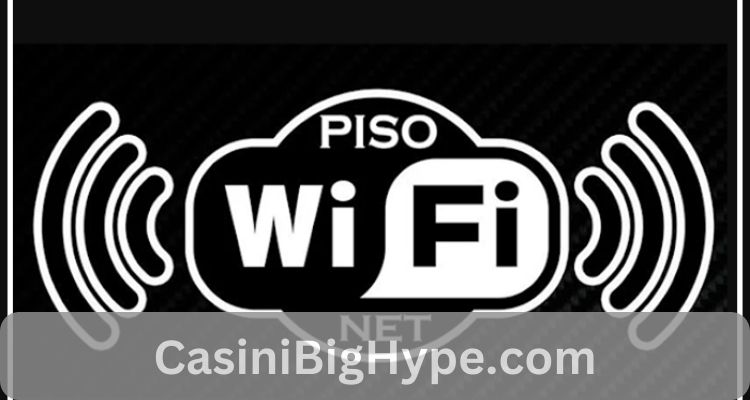10.0.0.1 Admin: Introduction
If you are looking for seamless network configuration and management, the 10.0.0.1 admin is your gateway to success. In this comprehensive guide, we will explore the ins and outs of the 10.0.0.1 IP address and how it plays a vital role in accessing and controlling your network settings. Whether you are a tech-savvy individual or a network administrator, understanding the significance of 10.0.0.1 admin will empower you to take charge of your network like a pro.
What is 10.0.0.1?
In the realm of networking, an IP address acts as an identifier for devices connected to a network. The 10.0.0.1 IP address is part of the private IPv4 address space and falls under the Class A category. As a default gateway IP, it is commonly used by router manufacturers for their device setups. When you access 10.0.0.1, you enter the router’s admin panel, which grants you access to various network settings and configurations.
Logging into 10.0.0.1 Admin
To unleash the full potential of your router and network, logging into the 10.0.0.1 admin panel is the first step. Follow these simple steps to access it:
- Connect to the Network: Ensure your device is connected to the router’s network, either via an Ethernet cable or Wi-Fi.
- Open a Web Browser: Launch your preferred web browser. It is crucial to use a browser that is compatible with the router’s admin panel.
- Enter the IP Address: In the address bar, type “http://10.0.0.1” and hit Enter.
- Login Credentials: You will be prompted to enter your router’s username and password. By default, many routers have “admin” as both the username and password, but it is recommended to check the router’s manual for the correct credentials.
- Explore the Admin Panel: Once logged in, you have access to a plethora of network settings, including wireless configuration, security options, port forwarding, and more.
Configuring Network Settings
The 10.0.0.1 admin panel allows you to configure various network settings tailored to your requirements. Let’s explore some essential configurations you can undertake:
1. Wireless Settings
Under the wireless settings, you can modify the network name (SSID) and set up a strong password to secure your Wi-Fi network. Additionally, you can choose the encryption type and manage connected devices.
2. Network Security
Ensuring the security of your network is paramount. Within the admin panel, you can set up firewall rules, enable WPA/WPA2 encryption, and manage access control lists (ACLs) to prevent unauthorized access.
3. Port Forwarding
For hosting servers or running specific applications, port forwarding is essential. With 10.0.0.1 admin, you can easily configure port forwarding rules to direct incoming traffic to specific devices within your network.
4. DHCP Settings
Dynamic Host Configuration Protocol (DHCP) allows automatic assignment of IP addresses to devices on your network. In the admin panel, you can manage DHCP settings and allocate a range of IP addresses to be assigned automatically.
5. Firmware Updates
Router manufacturers release firmware updates to enhance performance, fix bugs, and strengthen security. Within the admin panel, you can check for and apply these updates to keep your router up to date.
Troubleshooting Connection Issues
Encountering connectivity problems can be frustrating, but fear not. The 10.0.0.1 admin panel comes to the rescue with built-in troubleshooting options.
- Check Status: Under the admin panel, you can monitor the status of your router’s internet connection and identify any connectivity issues.
- Reboot the Router: Often, a simple reboot can resolve temporary network glitches. Within the admin panel, you can initiate a router restart.
- Reset to Factory Settings: If all else fails, you can perform a factory reset from the admin panel. Be cautious, as this action will restore all settings to their default values.
Securing Your 10.0.0.1 Admin Access
The 10.0.0.1 admin panel contains critical network configurations, and securing its access is vital to prevent unauthorized changes. Here are some measures to enhance the security of your admin panel:
- Change Default Login Credentials: Always change the default username and password to something unique and strong.
- Use WPA/WPA2 Encryption: Enable strong encryption for your Wi-Fi network to prevent unauthorized access to your admin panel.
- Disable Remote Access: Disable remote access to the admin panel unless it’s absolutely necessary, limiting potential vulnerabilities.
- Keep Firmware Updated: Regularly check for firmware updates and apply them to keep your router protected from known vulnerabilities.
Conclusion
The 10.0.0.1 admin is a powerful tool that grants you control over your network’s destiny. Understanding how to access and configure this gateway empowers you to optimize your network’s performance, security, and overall user experience. Remember to follow the necessary security precautions and explore the vast range of settings available through the 10.0.0.1 admin panel.
So, why wait? Take charge of your network today with 10.0.0.1 admin and unlock a world of possibilities!


